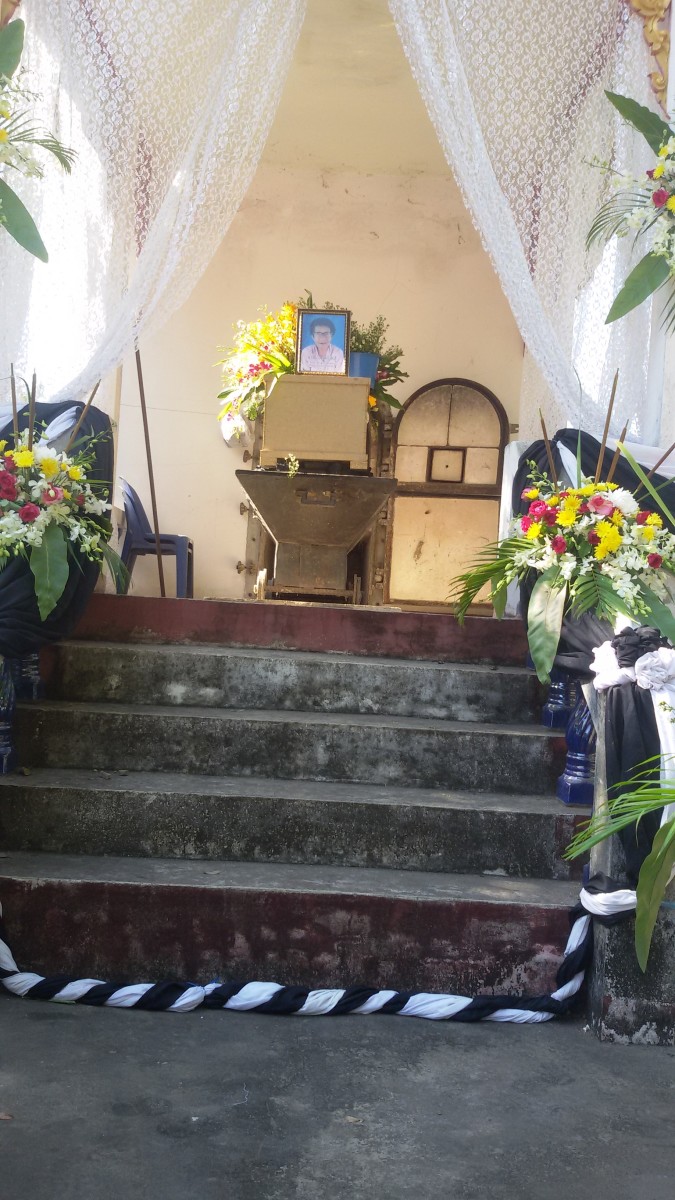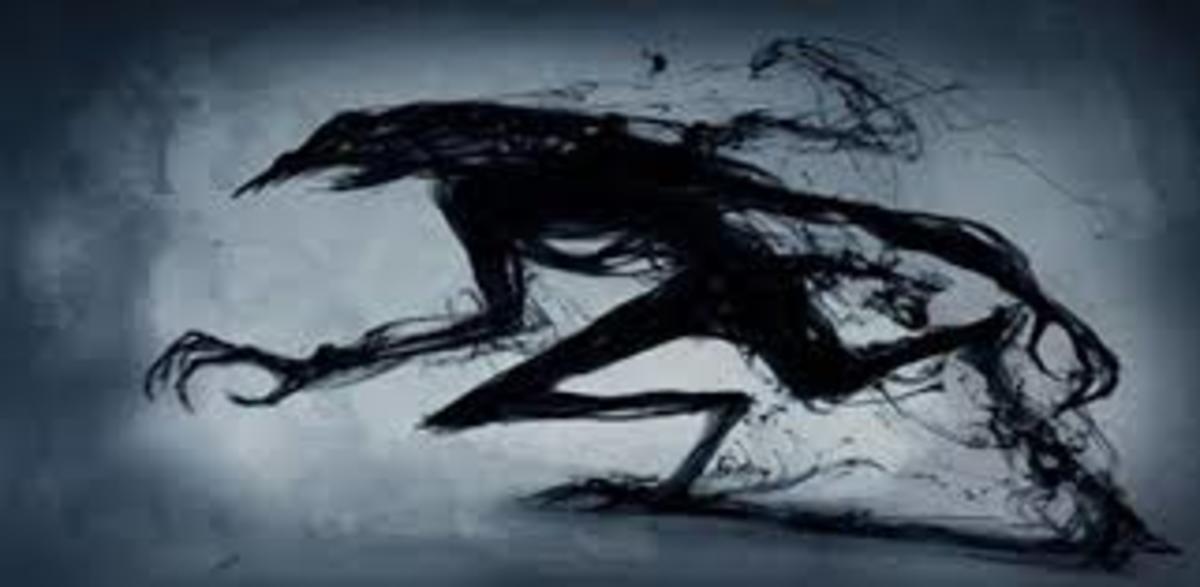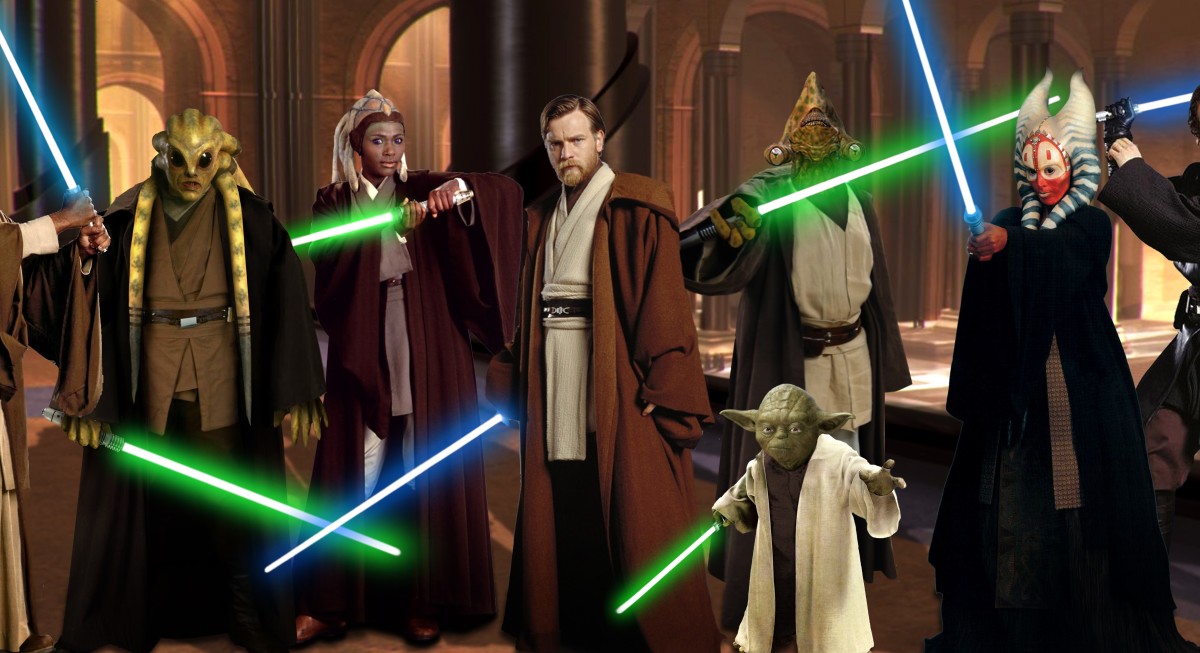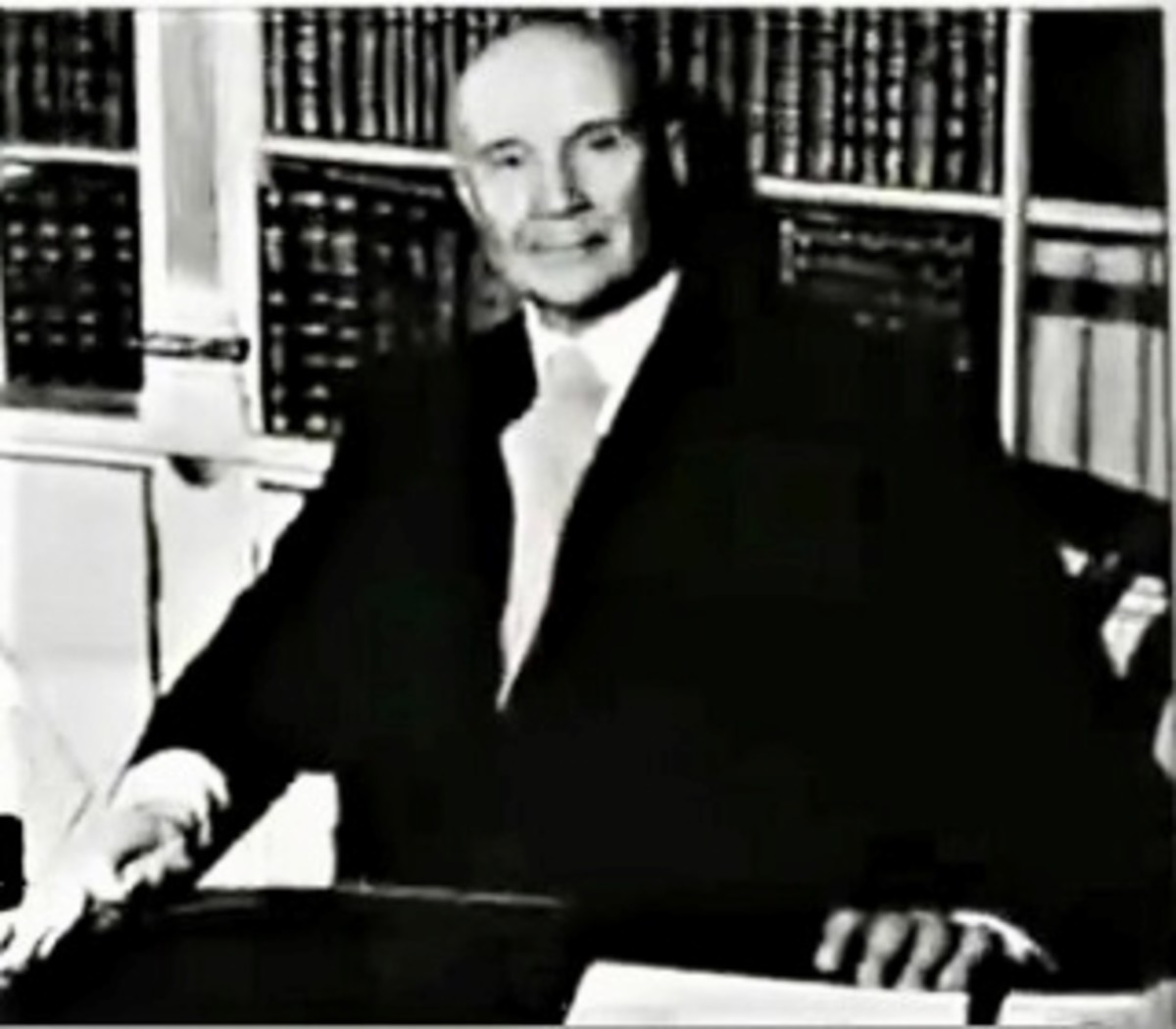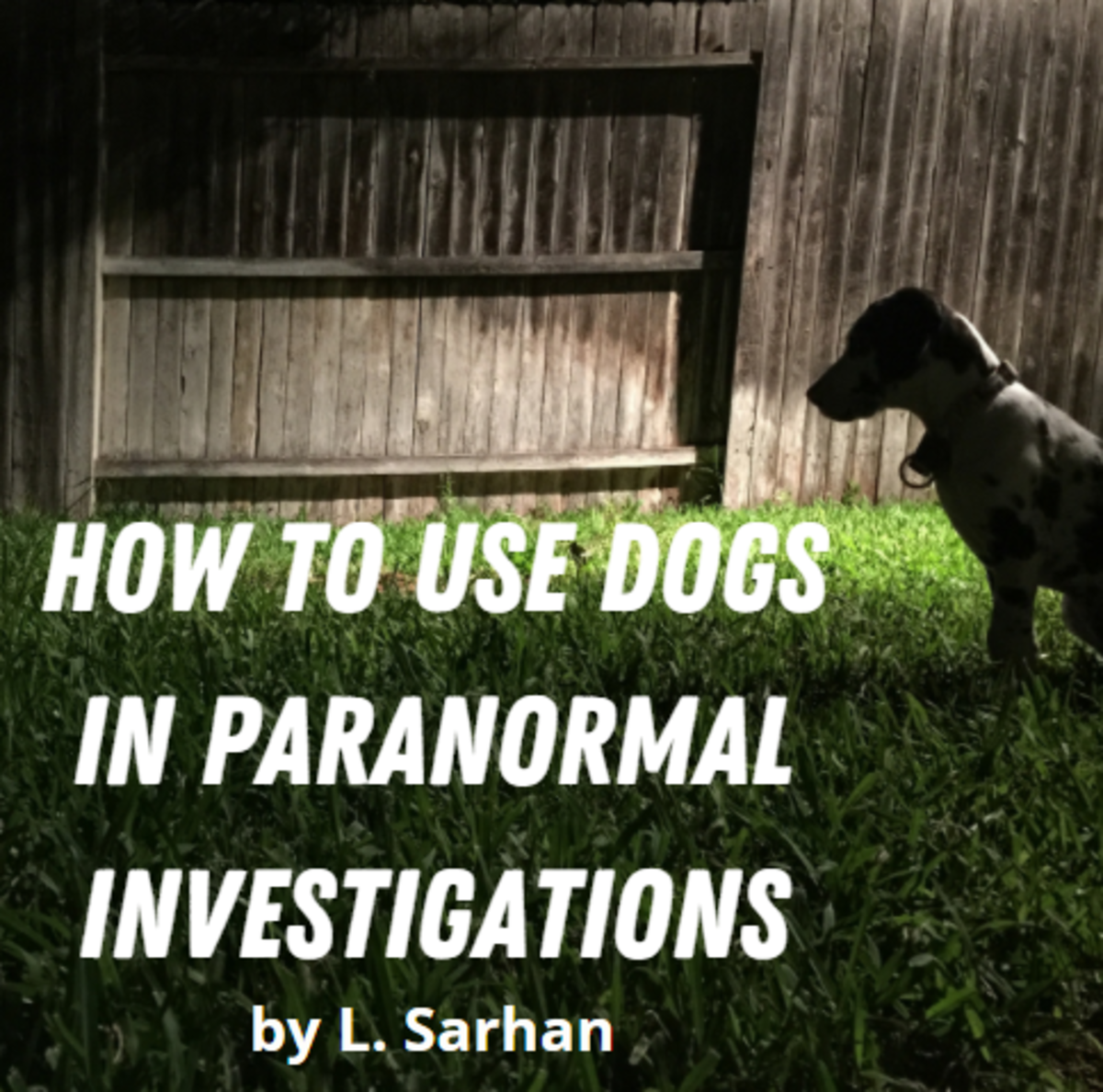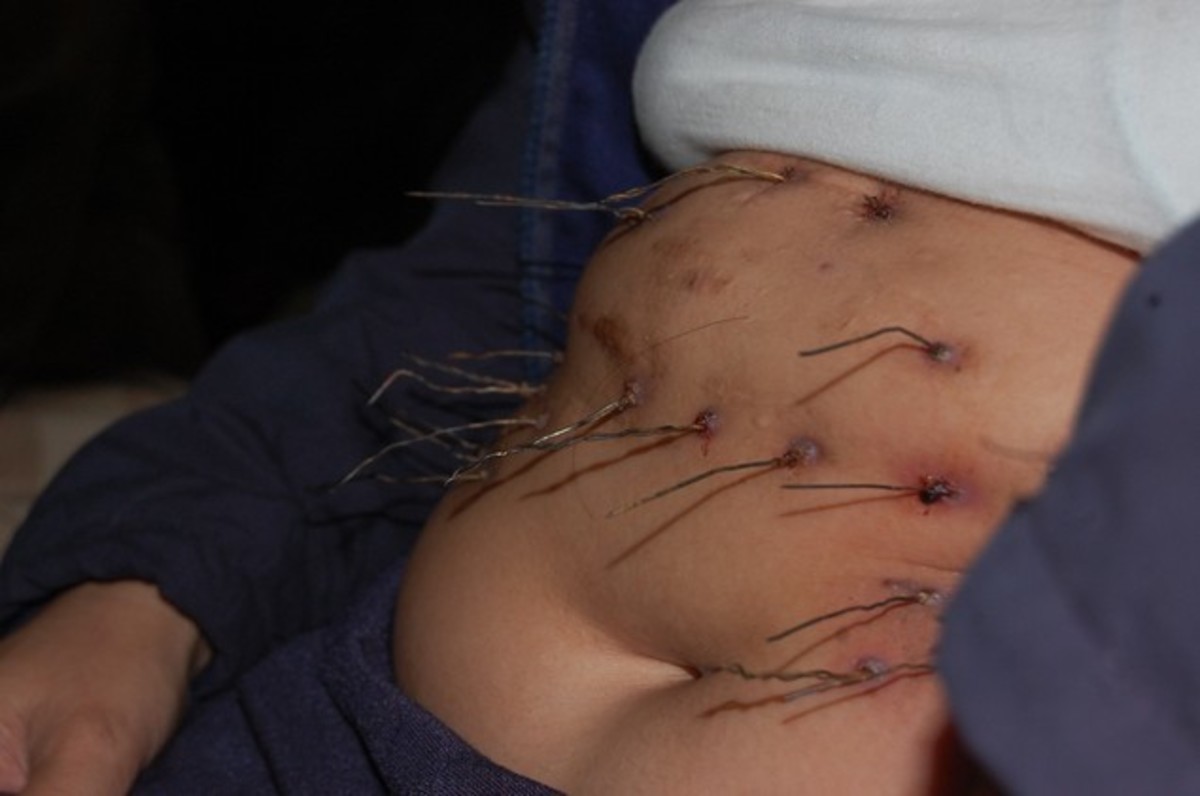Xiangxi “hurrying Corpse” Magic
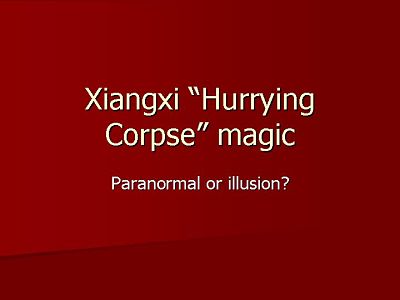
Xiangxi (湘西) in Hunan, China, is well-known for its “hurrying corpse” (赶尸) magic. Using some paranormal method, a “hurrying corpse” master hurried “walking corpses” to their homeland for burial. Such technique is considered belonging to “Zhu You Ke” (祝由科), a very ancient system of curing sickness through sorcery.
“Hurrying corpse” was a popular folk custom of the Miao people. Researches by many experts and scholars have shown that the Miao is the earliest inventor of weapons, corporal punishment, and sorcery in China. Sorcery is believed to have originated from the ancient Kingdom of Chu.
Why the need for “hurrying corpse”?
In the ancient days, many Xiangxi Miao went to the mountainous regions of eastern Sichuan and Guizhou to collect medicinal herbs or go hunting for a living. Many died from infectious disease.
It was customary that the deceased be brought back to their hometown for burial. However, due to the mountainous landscape, repatriation of the body and coffin by carriage or other means of transport was difficult. Besides, most families of the deceased were poor and could not afford the costs.
This situation gave rise to a unique profession – the job of “hurrying corpse”. The technique is also called “shifting of soul” (移灵) or commonly referred to as “shouting at the dead” (吆死人).
Such unusual activities were restricted to the Xiangxi region because of the following reasons:
· Only Xiangxi had inns specially for the lodging of corpses.
· Xiangxi folks were familiar with this mysterious feat. On hearing the sound of gong, they will hide in their homes until the procession passes by.
· Most importantly, the Xiangxi folks will not let their dogs out of the house. Otherwise, the corpses will be bitten to pieces by the dogs.
· Villagers in other regions will not allow such procession to pass through their villages as it is considered inauspicious.
“Hurrying corpses” were usually conducted during the autumn and winter seasons, which are more favourable climates for the preservation of the body.
The process
Regardless of the weather, the “hurrying corpse” master always dressed in a long black robe, with a black sash at the waist, wearing a black hat and in a pair of straw sandals. He always carried a bag of charms.
The master has a small copper gong, which will be beaten along the way. The sound of the gong served as a warning to the people on the streets that the corpses were approaching. He also carried a ‘absorb the soul of the deceased’ bell (摄魂铃).
The corpses were usually dressed in loose black cloth and wore a hat. Charms, known as Chenzhou charms (辰州符), were pasted on their foreheads. When they moved, they looked like jumping, with outstretched arms. If there were more than two bodies, the master will tie them behind each other, with seven to eight feet away from one another.
Before dawn, the procession of corpses led by the master will lodge at one of the inns specially for the dead. The doors of such inns were left open whole year round. This is because the corpses have to be lined up vertically against the wall behind the doors; otherwise the magical spell will be broken once the corpses lie on the ground.
The procession will only continue their journey at night. The master does not normally carry a lantern or fire torch when travelling in the dark. During rainy weather, they will have to extend their stay at the inn.
Entry requirements for apprenticeship
The master will impart this magic only to his apprentice. The apprentice must be ugly-looking, at least 16 years of age, and 1.7 meter tall. Before being accepted for apprenticeship, the boy has to pass three rounds of tests, namely:
· ability to differentiate the different directions, as the job involved working mainly in the dark night.
· capability of carrying a heavy burden – this is required because the corpses were unable to climb steep slopes and needed to be carried over one by one.
· display of courage – leading a batch of corpses is not for the faint-hearted.
Upon acceptance by the master, the apprentice will be taught thirty-six types of skills, such as the preparation of charms. The apprentice must learn all the thirty-six skills before he is allowed to take up the job. Some of the skills involved the ability to make the corpse:
· to stand upright (站立功)
· to move or stop, as directed (行走功)
· to turn around (专弯功)
· to go downslope (下坡功)
· to cross a bridge (过桥功)
As the corpses will be frightened by the barking of the dogs, the apprentice must be able to silence the dogs from barking (哑狗功) or biting the bodies.
The most important skill was the “recall of the soul” (还魂功) . If the apprentice was able to recall ‘most of the soul of the deceased”, the job of “hurrying corpse” becomes an easy task. (Note: It is believed that a certain herb unique to the Xiangxi region was sprinkled on the corpse.)
Scientific analysis
In recent years, both China and Taiwan have attempted to explain this unusual phenomenon in a scientific way.
(1) China’s “Approach to Science”
In 2006, the above Chinese TV program analyzed the mystery of the “Walking Corpse”.
The possibility that the dead body might have been replaced with a straw dummy was considered. Only the head and the four limbs were brought back by the master. The apprentice will carry the straw body on his back, and will be totally covered with a black cloth.
From the time they entered the deceased’s home and until the body has been placed on the mortuary board, the family members were not allowed to be present. So this is the most suspicious part of the whole process. There will be sufficient time for the master and his apprentice to “assemble” the body parts. When the deceased was nicely dressed, the family members might not be able to see through the tricks.
(2) Taiwan’s theory
In 2009, Taiwan's media came up with the theory that bamboo sticks were used to carry the bodies. The corpses’ outstretched arms were believed to have been tied to the sticks, which were hidden by the loose clothing covering the corpses. Due to the springy movement of the sticks, the corpses will be mistaken as jumping when observed from afar.
Great differences are noted in the above two theories for the Xiangxi magic. It is still unknown what herb or method has been used for the preservation of the bodies.
Narrations by Xiangxi locals
The Chinese TV correspondent interviewed Wu Feng Ying, who said that she has seen with her own eyes a “walking corpse” when she was aged 7-8. According to the elderly woman, when she heard news of a dead person walking back to his home, she went to see. The deceased was dressed in white and wearing a bamboo hat. His face was pale. He was skinny but no decay of the body. Both arms were lowered at the waist.
On reaching home, the “hurrying corpse” master took off the hat of the deceased, who then fell to the ground. His family thereafter bathed him and had him buried.
On another occasion, she came across a family who could not find a flower-and-bird design silver ornament of the deceased. A “hurrying corpse” master was engaged. After the master spurted water on the dead body, the deceased got up, sat down, and pointed to the spot where she kept the jewellery. True enough, the item was hidden there.
(Note: Solving problems using paranormal methods are typical of the Xiangxi culture in ancient days.)
Ma Fai Cheng, a “hurrying corpse” master, was also interviewed. He said that after having found the soul of the deceased, the master will take the dead person back to his home. The deceased can still be with the family for two years. He can move but cannot eat or talk. Two years later, he will “die”.
Magic – paranormal or illusion?
Drug traffickers were suspected to have used the eerie corpse scene to camouflage their illegal activities. However, there is no evidence to confirm this.
In 1950, two People’s Liberation Army soldiers exposed a bogus “hurrying corpse” case in western Hunan. As it happened in modern China and being an isolated case of such kind of cheating, the bogus case cannot be taken as the representative of the ancient Xiangxi magical technique.
Is “hurrying corpse” a paranormal magic or just an illusory feat considered magical by naive observers? To-date, the answer to this mystery has yet to be found.

References
"Hurrying corpse" - Wikipedia (in Chinese)
China's "Approach to Science" (in Chinese)
Analysis of "hurrying corpse" technique by Taiwan's media (in Chinese)
© 2011 pinkytoky

